Welcome to a comprehensive guide on Milkfish Farming in the Philippines! As a prominent pillar of the nation’s aquaculture industry, milkfish farming is crucial in tradition and economy. In this easy-to-read blog, we delve into the intricacies of this practice, covering everything from its historical significance to the modern techniques driving its success.
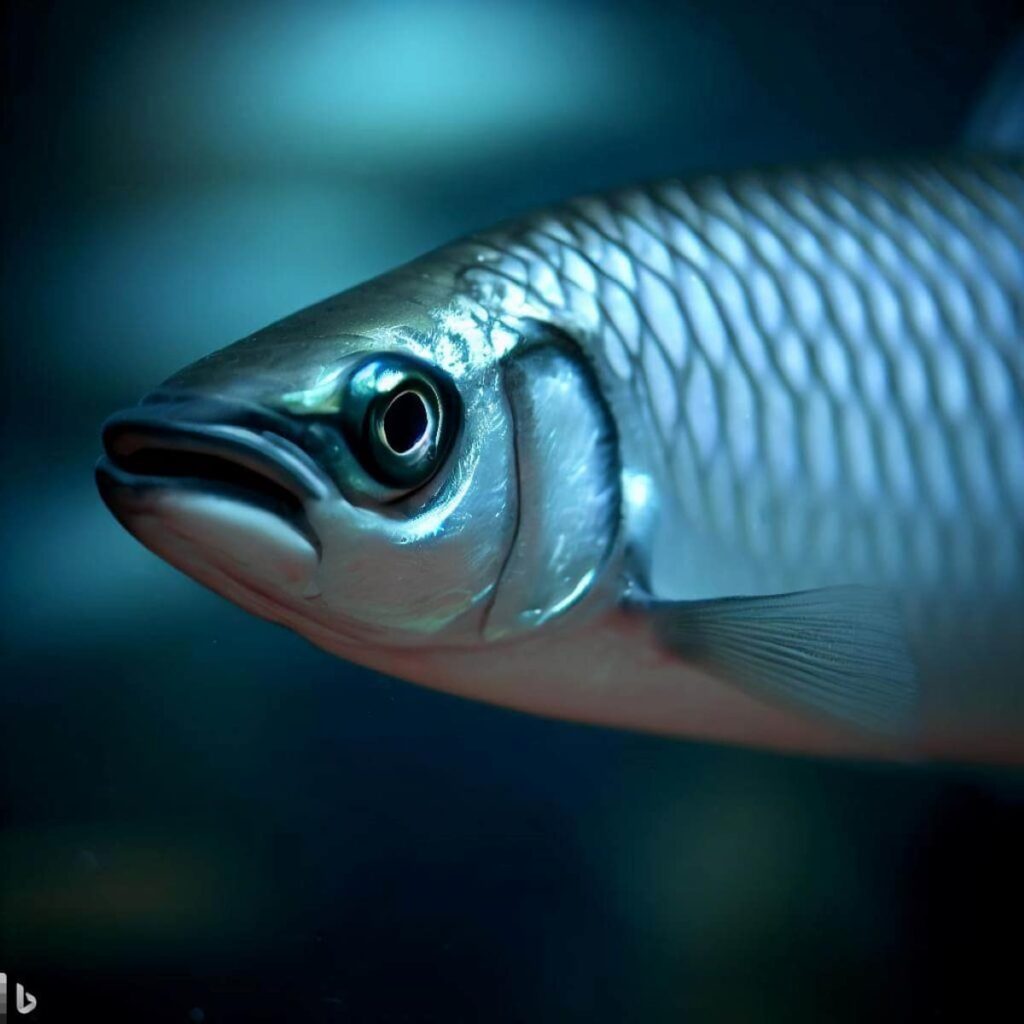
Discover the vast expanse of brackishwater ponds, freshwater pens, and marine cages dedicated to milkfish cultivation. Join us as we unravel the journey of milkfish, exploring its production, consumption trends, and prospects in a rapidly evolving world.
Milkfish Farming in the Philippines
What is Milkfish Farming?
Milkfish farming, also known as Chanos chanos aquaculture, involves the cultivation of milkfish, a widely consumed and economically valuable fish species. This farming practice primarily takes place in brackish water ponds, coastal lagoons, and even freshwater ponds in some cases. The process starts with obtaining milkfish fry from natural sources or hatcheries. These fry are then reared in specially designed ponds where water conditions, temperature, and feeding are carefully controlled to promote optimal growth.
Milkfish farming contributes significantly to global seafood production and local economies. It provides a source of protein and essential nutrients for many communities. Farming methods have evolved to enhance efficiency and sustainability. Introducing scientific advancements, such as improved feeding techniques and disease management, has helped increase milkfish yields.
Milkfish Aquaculture in the Philippines: Overview
Milkfish farming is the cornerstone of Philippine aquaculture, encompassing 260,000 ha of brackishwater ponds, 6,700 ha of freshwater pens, and 500 ha of marine pens and cages. Since 1990, milkfish annual production averaged 206,840 mt, valued at over ten billion pesos. The yearly per capita milkfish consumption is around 2 kg, constituting 7.5% of the total fish (26.8 kg/per capita) consumed by each Filipino.
In case you missed it: Eel Farming in the Philippines: A Profitable Eel Fish Business for Aqua Farmers
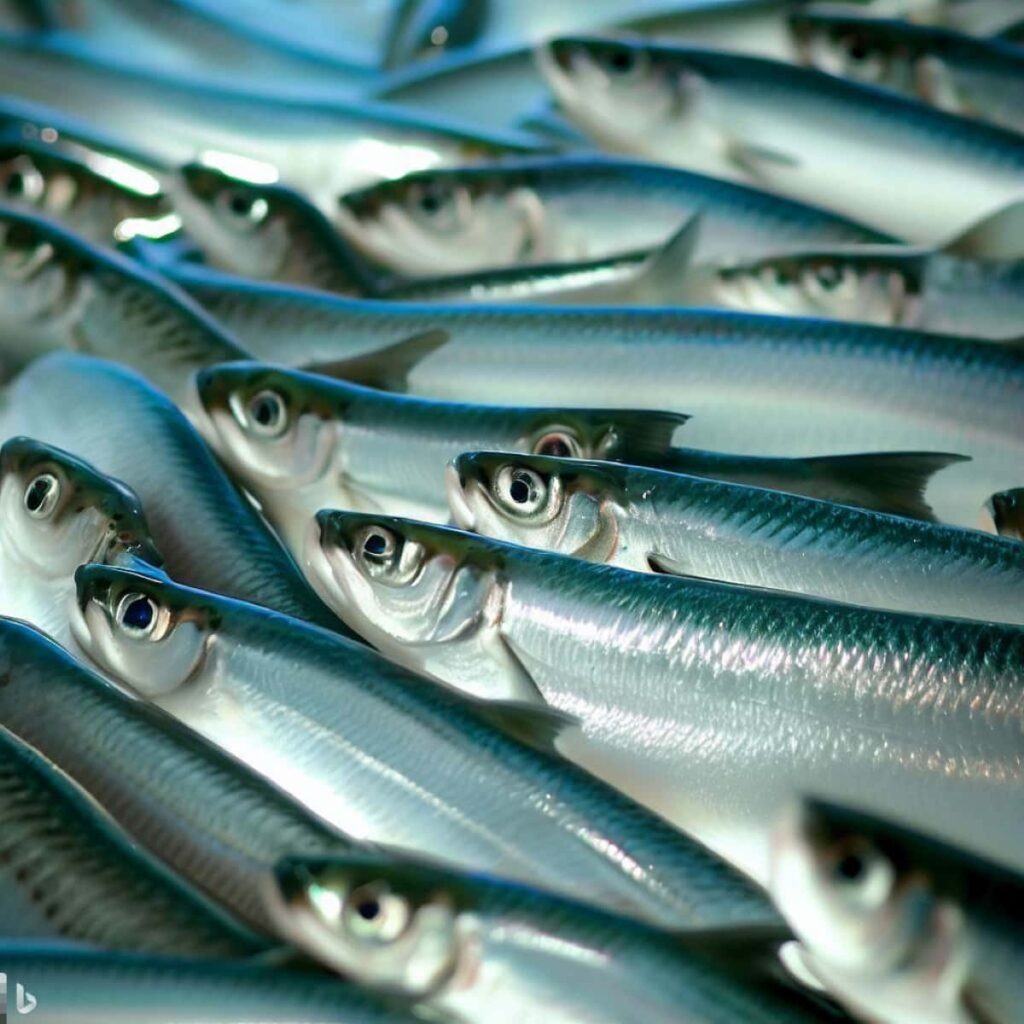
With the projected 2020 population of 112 million, the demand for milkfish is estimated at 224,000 mt. Maintaining a 2.3% growth rate will yield 400,000 mt production by 2020, resulting in an excess of nearly 200,000 mt. Developing value-added milkfish products from this surplus is crucial to tapping into the export market and catering to the evolving tastes of younger generations.
Milkfish Farming Techniques in the Philippines
- Pond Management Practices: Farmers use advanced pond management methods, adjusting water flow, aeration, and sediment control. These practices maintain optimal water quality for milkfish growth.
- Polyculture: Integrating milkfish with other species like shrimp or tilapia enhances resource utilization and reduces competition for food, resulting in higher yields.
- Cage Farming: Floating cages in coastal waters are used for milkfish rearing. These cages allow natural water exchange, reducing disease risk and ensuring healthier fish.
- Selective Breeding: Breeding programs focus on selecting milkfish with desirable traits, such as fast growth and disease resistance, improving overall stock quality.
- Integrated Mangrove Farming: Combining milkfish ponds with mangrove conservation provides a sustainable ecosystem. Mangroves act as natural filters, improving water quality.
- Nutrition Optimization: Formulated feeds containing essential nutrients are provided to milkfish, promoting growth, minimizing wastage, and ensuring efficient feed conversion.
- Biosecurity Measures: Farms implement strict biosecurity protocols to prevent disease outbreaks. Quarantine procedures and regular health assessments are common practices.
- Cage Rotation: Moving cages to different locations prevents the accumulation of waste and parasites. This technique minimizes environmental impact and maintains fish health.
- Water Management Innovations: Applying sensor technologies for real-time water quality monitoring helps farmers make informed decisions, leading to better growth rates.
- Community Participation: Involving local communities in milkfish farming educates them about sustainable practices, fostering environmental stewardship and economic growth.
Best Practices for Milkfish Farming in the Philippines
When achieving success in milkfish farming within the Philippines, employing the right practices is crucial for a prosperous venture. Ensuring proper techniques enhances productivity and sustainability.
Essential Equipment for Milkfish Farming
The essentials include a sizeable pond or water body, feeders, incubators, water pumps, nets, and tools for fish health monitoring. Reliable sources of fresh water and nutritious fish feed are indispensable. Procuring these items from online platforms or local stores sets the foundation for effective milkfish cultivation.
Fish Pens or Cages: Utilizing fish pens or cages is a prevalent and valuable strategy in Philippine milkfish farming. These circular structures, often partially submerged, serve as secure zones for milkfish growth. The mesh walls prevent predator intrusion, and separating fish by size ensures optimal development. Nutrient-rich pellets sustain milkfish while minimizing disease risks. Combining fish pens with other techniques amplifies results.
Fish Feeders: Fish feeders are integral to successful milkfish farming in the Philippines. These devices, available in manual, automatic, and remote-controlled variants, deliver essential nutrients through pellets, supporting fish health and growth. Selecting the appropriate feeder type aligns with the fish’s needs and maximizes outcomes.
Floating Feed: The technique of using floating feed has gained prominence for its efficiency and cost-effectiveness in Philippine milkfish cultivation. Floating feed optimizes fish health and water quality by providing balanced nutrition through a blend of small fish, shrimp, and microorganisms. Precise control over feeding enhances growth potential.
Aerators: Aerators are indispensable in Philippine milkfish farming, facilitating water circulation and oxygenation. These mechanisms elevate growth rates and the quality of milkfish. Enhanced water conditions enable higher stocking densities, boosting efficiency. Regular aerator maintenance is pivotal for achieving optimal results.
In case you missed it: Koi Fish Farming in the Philippines: A Profitable Business
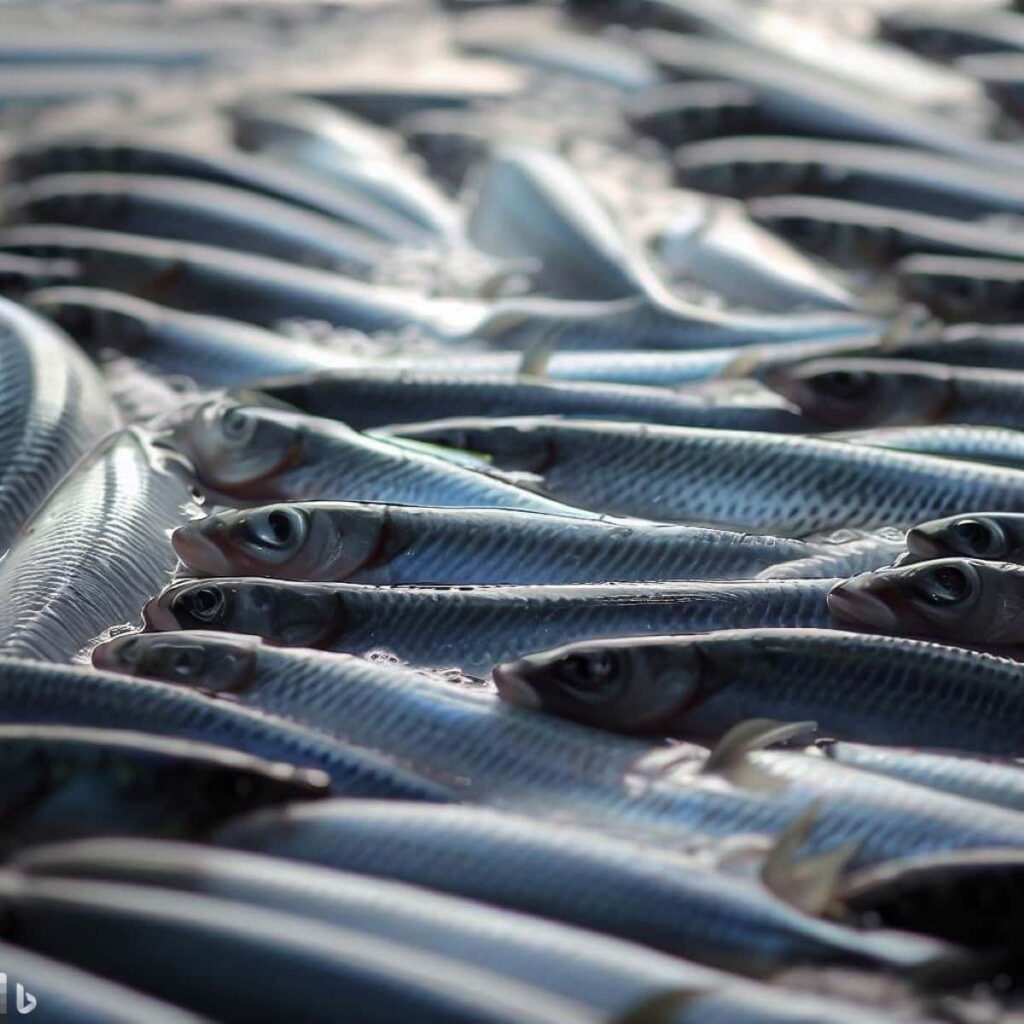
Process of Farming Milkfish in the Philippines
Site Selection: Choosing the right location is paramount. Warm brackish waters, access to salt water, and proper drainage are vital for milkfish. Collaboration with local governing bodies ensures adherence to regulations and necessary permits.
Stocking: Meticulous stocking of fry, fingerlings, or juveniles is critical. Ensuring adequate stocking rates aligned with the environment and goals guarantees successful outcomes. Regular monitoring prevents understocking or overstocking.
Maintenance: Vigilant maintenance is key. Consistently assessing water quality, nutrition, and stock density maintains an optimal environment. Disease prevention measures like parasite control are pivotal for long-term success.
Harvesting: Timing is crucial for harvesting milkfish. Size and age determine readiness. Responsible techniques such as dip net usage and careful handling ensure quality and successful harvests.
Marketing and Selling Milkfish in the Philippines
- Procurement and Quality Assurance: Reliable sources and proper storage uphold milkfish quality. Ensuring high standards from the outset is paramount.
- Diverse Sales Avenues: Milkfish can be sold in local markets, supermarkets, and online platforms. Digital marketing techniques, including social media and websites, expand reach to potential customers.
- Pricing Strategy: Balancing the value of milkfish with production costs optimizes profits while providing customers with fair pricing.
Sustainable Milkfish Farming Methods in the Philippines
Integrated mangrove farming combines milkfish ponds with mangrove conservation for enhanced water quality. Polyculture techniques mix milkfish with other species to maximize resource utilization. Selective breeding enhances stock quality, focusing on growth and disease resistance. Efficient feed management minimizes wastage and optimizes growth. Regular health assessments and biosecurity measures prevent disease outbreaks.
Milkfish Hatchery Management in the Philippines
Captive Breeding and Fry Production: Milkfish broodstock mature in five years, spawning yearly thereafter. Wild fry supply varies, and the trend towards semi-intensive culture increases demand for fry. Hatcheries stabilize seed supply, aiding increased milkfish production.
Guide Purpose: This guide targets prawn hatchery operators seeking to expand into milkfish larval rearing. Assumptions include an operational prawn hatchery and experienced technicians. Key aspects are highlighted for efficient milkfish hatchery operations.
Facility Essentials
- Tanks: Larval rearing, algae and rotifer culture, and brine shrimp hatching tanks are essential.
- Layout: An ideal layout balances tank volumes for efficient production.
- Larval Rearing Tanks: Circular tanks with an airstone ensure proper rearing conditions.
- Algal/Rotifer Tanks: Square, rectangular, or circular tanks accommodate Chlorella and Brachionus production.
- Brine Shrimp Hatching Tanks: Specialized tanks hatch Artemia cysts.
- Gravity Sand Filter: A filtration system ensures water quality.
- Seawater Storage Tank: An elevated tank aids gravity flow to all tanks.
Equipment
- Pumps: Centrifugal pump for seawater, air blower for aeration, submersible pump for algae transfer, and standby generator for power failures.
- Microscope: For density estimation of rotifer, egg, and larval samples.
- Weighing Scale: For Artemia cysts and fertilizers.
In case you missed it: Profitable Carp Farming in the Philippines: A Step-by-Step Guide for Carp Fish Culture

Feeding Strategies for Milkfish Farming in the Philippines
In the Philippines, milkfish farming embraces practical feeding strategies, centered around natural food sources. Key organisms like Chlorella, Brachionus, and Artemia are harnessed to fuel milkfish larvae growth.
- Chlorella and Brachionus Cultivation: Green alga Chlorella supports water quality in rearing tanks and serves as Brachionus food. Brachionus feeds milkfish larvae throughout rearing, and Artemia nauplii are introduced from day 15 to 21. To ensure ample supply, Chlorella and Brachionus cultures begin a month prior to larval rearing, starting indoors before transferring to outdoor tanks.
- Chlorella Culture Steps: Outdoor culture involves transferring Chlorella through various tank sizes, maintaining a nutrient-enriched environment. Sterile conditions are crucial.
- Brachionus Culture Steps: Mass culture of rotifer Brachionus begins when Chlorella reaches peak density. Sequentially larger tanks are used to support growth. A simplified “daily tank-transfer” method optimizes Brachionus growth.
- Milkfish Fry Production: Milkfish eggs are collected from broodstock cages and transported to hatcheries for hatching. The eggs hatch in 14-16 hours. Hatching tanks and larval rearing tanks are prepared before egg collection.
- Hatching Process: Eggs are transferred to hatching tanks, allowing water temperature equilibrium before hatching begins. Hatchery conditions affect hatching rate (HR). Viable eggs are determined through sampling and counting.
- Larval Rearing: Larvae are stocked at an optimum density of 30 larvae per liter in rearing tanks. Water quality, Chlorella supplementation, Brachionus feeding, and Artemia feeding schedules are crucial.
- Harvesting: On day 21, larvae are harvested, prepared for transportation or stocking. Visual comparison ensures accurate packing, maintaining proper ratios for packaging and transport.
Disease Prevention and Control in Milkfish Farming
In milkfish farming, common diseases like bacterial infections, parasitic infestations, and fungal outbreaks can impact fish health and productivity. Preventive measures include maintaining good water quality, practicing proper hygiene, and ensuring balanced nutrition. Regular health checks, isolation of sick fish, and prompt treatment with approved medications are crucial. Implementing biosecurity measures, such as controlling movement of people and equipment, reduces disease introduction. Strengthening the fish’s immune system through optimal husbandry practices helps mitigate disease risks.
Water Quality Management in Milkfish Farms
Maintaining optimal water quality in milkfish farming. Parameters like temperature, dissolved oxygen, pH, and ammonia levels should be closely monitored. Proper aeration and water exchange help prevent oxygen depletion and waste buildup. Regular water quality tests, timely adjustments, and efficient filtration systems ensure a healthy aquatic environment for milkfish growth, minimizing stress and disease risks.
In case you missed it: Mud Crab Farming in the Philippines: Evergreen Profitable Business
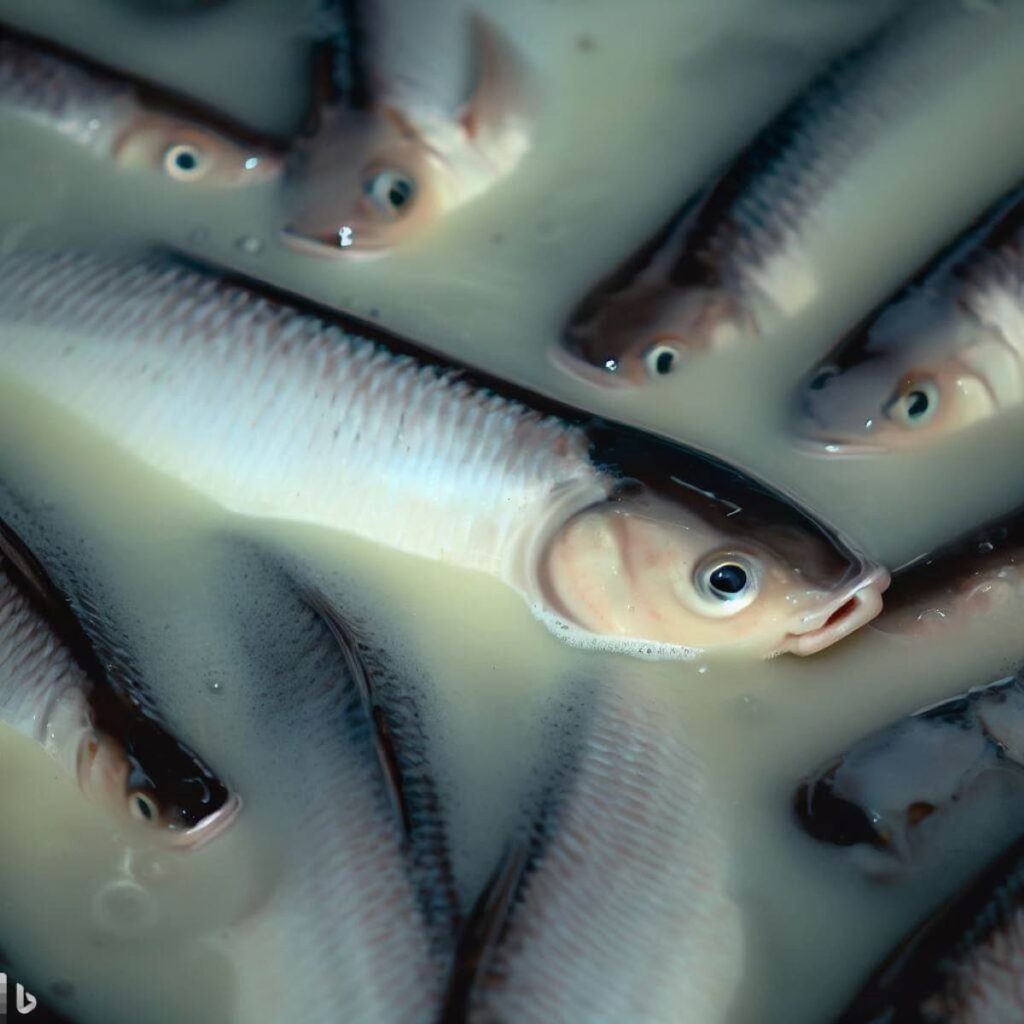
Milkfish Growth and Farming
- Growth Period: Milkfish typically require 3-5 years to reach sexual maturity and reproduce in marine conditions. Their growth rate depends on environmental factors and feed availability.
- Stocking and Harvesting: Around 100 juvenile milkfish can be initially stocked in a 1000 m2 pond, a 10 m diameter cage, or a 200-ton tank. Harvesting can take place within three to four months.
- Freshwater Adaptation: Milkfish are versatile fish that can thrive in various environments, including freshwater, brackishwater, and marine waters. They are euryhaline and stenothermic, meaning they can tolerate a range of salinities but prefer temperatures above 20°C.
- Rapid Larval Growth: During larval development, milkfish hatchlings grow to marketable sizes in 18-21 days in specialized larval ponds. A mix of plankton and commercial feeds supports their growth.
- Size and Age: Milkfish can attain a length of up to 1.9 meters (5.9 feet) and weigh around 14 kg (31 lb). They can live up to 15 years.
- Feeding Frequency: Grow-out feeds are broadcast 3 times a day at fixed intervals, providing proper nutrition. Automatic and demand feeders are loaded with feed twice daily.
- Breeding Process: Natural spawning occurs annually in milkfish reared in floating net cages or tanks. Spawning typically takes place during the early hours after chasing and splashing behavior.
- Community Benefits: Milkfish farming provides rural communities with an affordable source of protein, addressing malnutrition issues prevalent in such areas.
- Feed Choices: Protein sources for milkfish include fishmeal, shrimp meal, meat and bone meal, copra meal, soybean meal, and other pulses.
- Economic Significance: Milkfish farming, locally called “bangus” farming, is not only culturally important but also economically profitable, contributing to livelihoods and income generation in the Philippines.
- Harvesting Technique: The “pasulang” method is a common practice where fish are directed against water currents to be gathered and concentrated for harvesting.
Market Trends and Opportunities for Milkfish Farming in the Philippines
Milkfish farming in the Philippines presents promising market trends and opportunities. As a staple food fish, milkfish demand remains strong due to its cultural significance and nutritional value. Export potential is increasing, with countries like the United States and China importing milkfish products.
In case you missed it: Seaweed Farming in the Philippines: Best Practices and Techniques
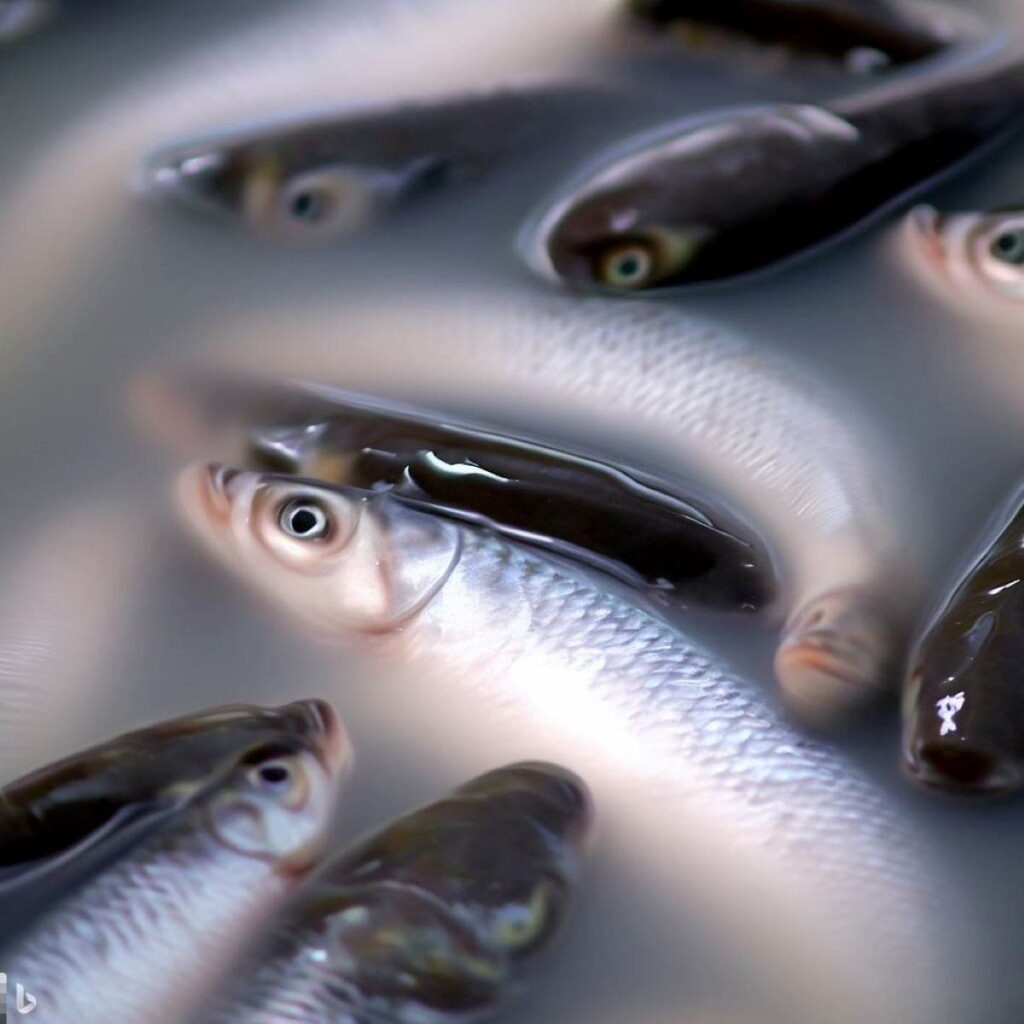
The rise in health-conscious consumers seeking sustainable protein sources aligns with milkfish’s eco-friendly farming practices. Technological advancements in aquaculture enhance production efficiency. Government support and research initiatives further boost the industry. However, challenges like disease management and market competition exist.
Conclusion
Milkfish farming in the Philippines offers a viable source of sustainable protein, with potential economic growth, requiring careful management and adherence to best practices for successful and profitable operations.
- Crops Grown in Summer Season: Best Choices for Summer Gardening
- Organic Pest Control for Tomato Farming
- How to Maximize Sheep Farming Profit
- Broccoli Varieties: Choosing the Right Cultivars for Your Farm
- How to Raise Pigs in Your Own Backyard: A Comprehensive Guide
- Budget Friendly Sheep Shed Ideas: Cheap and Low-Cost Tips
- How Much Do Cattle Farmers Make: Revenue Streams in Cattle Farming
- Management Pests and Diseases in Your Cotton Field
- Sheep Farming Business Plan for Beginners
- Aquaponic Farming at Home: A Step-By-Step Guide
- Profitable Village Farming Business Ideas in 2024
- High-Yield Aquaculture: Fast-Growing Fish for Farming
- Effective Fish Pond Construction Techniques for Beginners
- Irrigation and Water Management in Pineapple Farming
- Blossom to Harvest: Mastering Flowering and Pollination in Papaya Farming
- Pig Fattening Essentials: From Selection to Sale for Beginners
- Raising Wagyu Cattle: A Complete Guide for Premium Beef Production
- Soil Types and Their Water Holding Capacity
- Optimizing Irrigation Schedules for Coconut Groves for Enhanced Yield
- Espresso Your Garden: Coffee Grounds for Healthier Acid-Loving Plants
- The Best Soil Mix for Snake Plants: How to Mix Your Own Snake Plant Soil
- Green Thumb Success: Expert Tips for Cultivating Greenhouse Beans All Year Round
- Bloom All Year Round: The Ultimate Guide to Indoor Hyacinth Care
- Eco-Friendly Gardening: How to Make Liquid Fertilizer from Kitchen Waste
- Ultimate Guide to Grow Anise in Pots: Explore Seed Propagation to Harvesting
- Guide to Raising Chester White Pigs: Discover Breed Facts to Growth Management
- Mastering the Elegance: The Ultimate Guide to Weeping Cherry Tree Care, Planting, and Maintenance
- Ultimate Guide to Planting Garlic in Grow Bags: Growing Strategies for Beginners
- How to Fix Spider Plant Leaf-Related Problems: Natural and Organic Remedies
- 10 Reasons Why Your Tulsi Plant is Shedding Leaves: Home Remedies and Solutions
- Optimizing Growth and Yield: The Advantages of Palm Bunch Ash Fertilizer
- Utilizing Neem Oil Extract as a Natural Pesticide for Hydrangea
- From Soil to Harvest: Various Ways in Which Farmers Can Use AI Tools
- Steps to Encourage and Induce Citrus Flowers: A Comprehensive Guide
- How to Fix Snake Plant Leaf-Related Issues: Natural and Organic Remedies
- Transform Your Garden into a Fragrant Oasis with Raat Ki Rani (Night Blooming Jasmine)
